Todd Verow weaves queer history and symbolism throughout “You Can’t Stay Here”, creating a solid platform for actor Guillermo Díaz to shine.
While a prolific filmmaker, I hadn’t consumed any Todd Verow content until You Can’t Stay Here.
This feels important to disclose, given the depth and breadth of Verow’s creative offerings. So, Verow enthusiasts? This is me requesting a little grace here, and I welcome additional insights I wouldn’t appreciate without a better appreciation of his artistic trajectory.
Now, this feels like a particularly fun moment to reflect on You Can’t Stay Here, while my TikTok feed is absolutely steeped in Saltburn content and a deluge of folks going up a ladder about Jacob Elordi and Barry Keoghan’s relationship, both within the film and personally.
Many of those conjectures have to do with how magnetic their chemistry is. I would argue that part of that is grounded in how comfortable they are touching one another (yes, I’ve watched the coffee knee pat on repeat; judge away).
So, I definitely came into my viewing of You Can’t Stay Here with queer lens firmly affixed and feeling extra sensitive to physical interaction and connection — which, by beautiful chance and to my delight, Verow deliberately chose to explore in a variety of ways.
Now, I’m not trying to bring these films side-by-side; they were created for entirely different purposes and audiences.
However, I couldn’t help but wonder as I watched You Can’t Stay Here:
“Why can’t this expand the SALTBURN dialogue into something more meaningful (less sensational)? Why can’t films like YOU CAN’T STAY HERE attract a broader audience, to help others connect with and appreciate both the diversity of and commonly held queer experiences?”
In my opinion and based on my experiences, we (people, generally) still have a narrow and often repressed relationship with sexuality and gender.
We talk a big game about equity, diversity, and inclusion, however cue deer in headlights discomfort when confronted with this reality, especially around sexual orientation, gender identity and expression. So when film presses these soft spots for extended periods, some get uncomfortable or aroused or both — or neither, which can create a different brand of discomfort we won’t explore today.
Saltburn opts for short, episodic queer-leaning moments, carefully curated to disorient and encourage heteronormative viewers to embrace the discomfort. I love it. Help folks dip their toe into the shallow end of this beautiful bathtub of authenticity. Maybe more Saltburn moments can build reciprocity for storytelling across sexual orientations and increase appreciation for content like You Can’t Stay Here, which embraces its queerness openly, even if its protagonist can’t quite do the same.
It dives head-on into one individual’s journey of self-exploration and acceptance around sexual arousal, attraction, and behavior.
And oh, what an overall lovely and tender journey it is.
The greatest horror for many of us who have struggled or are struggling with our identity face is the internal battle we wage with ourselves. While this isn’t new ground to cover, Guillermo Diaz (Rick) offers an expertly gentle and compassionate glimpse into this struggle while also reminding viewers that quiet queers have intense, passionate desires, too.
“All of this rough, dangerous stuff really gets you off, doesn’t it?”
“Even resisting myself can be a turn-on.”
Back to my point about physical touch, I was struck by the opening sequences.
Rick doesn’t say anything through the first few encounters with those he meets cruising in the Ramble, an area in Central Park in New York City whose dichotomous history and environment Verow takes care to present — with evidence to reflect both the danger and violence and safety and community afforded here.
However, there is a lot of physical touch, and it is quickly established that the vast majority of physical contact that happens in the Ramble is consensual and even supportive.
An embrace between Rick and a muscleman (Boy Radio) will stick with me as a particularly warm moment of connection. And this is only one of many examples I could provide. Becca Blackwell (Hale) earnestly and consistently provides the warmest security blanket possible for Rick throughout the film as Rick navigates the rapids of self-exploration, and it is with Hale that we see Rick experience those rare moments of self-love and, dare I say it, self-acceptance.
I will continue acknowledging the quality of the individual performances and say that, overall, the casting is immaculate.
This concept and screenplay only thrive because of the capable hands chosen to hold this story.
Justin Ivan Brown is ominous and appropriately ick-inducing.
The physicalization they brought to the role of Adam made my skin feel like it was on fire any time they touched Rick. I could write another full article just on Brown’s role and the blood and vampire allusions (yup, that’s right, another Saltburn parallel) and wrestling with the argument that maybe Rick is also Adam (Tyler Durden, anyone?).
Marlene Forte (Angela, Rick’s mom) delivers her lines laced with parental homophobia and disapproval with the same surgical precision as Adam’s scalpel. For anyone who has been openly criticized by a parent about part of your identity, her delivery will wound. You know those words do more lasting damage than any blade.
In direct opposition to this intolerance was the welcoming and healthy vibe offered by Karina Arroyave (Samantha, Rick’s ex-wife and co-parent to their child). I really appreciated the incorporation of Racoon Man and Lightfoot as themselves. That felt like an appropriate nod to the reality of making art in New York City and bringing the beauty you stumble upon in that distinct environment into the film.
Lastly, I love the easter eggs.
Subtle one? Rick has the word lycanthrope tattooed on his chest. With Adam’s vampire vibes, it is a great nod to the historical thread of queerness and monstrosity. I’ll offer more on this link with werewolves here, and vampires here.
“You’re alive.”
“I think so. Almost. At least not undead.”
Overt one? (Like, really overt — the Greek statues serving as the white folks at the fashion party was an amusing touch.) I followed Verow’s Greek mythology references down the rabbit hole to see where they led. The tale of Orpheus and Eurydice was summarized briefly in an interaction between Rick and his child. The book the businessman has been reading for weeks? Ovid’s Metamorphoses, and Orpheus and Eurydice is one of the hundreds of tales recounted in this epic poem.
Much has been said about the significance and relevance of this tale, especially in relation to finding inspiration for and creating art.
“Artists can only look at their inspiration obliquely, never directly, or else they risk losing it altogether, the way Orpheus lost his love Eurydice by looking at her in the underworld, when he was told not to.”
I see the parallel here to Rick’s role as a photographer. It is easier for Rick to embrace his queerness through a lens (obliquely) rather than directly — which, I assert, is something that many of us can relate to.
“Love is such an easy thing. Easy to give. Hard to take.”
Wouldn’t it be liberating if we felt safer exploring ourselves and getting our needs met without the weight and multitude of looming fears Verow covers?
At least works like You Can’t Stay Here remind us that we do have some agency and control over how much power certain fears or barriers to living authentically possess.
And the more we work to accept our truths, both “dark” (Adam, Angela) and “light” (Hale, Samantha), the braver we might feel to enjoy our strengths and pleasures rather than hide in our fears and shame.
“Take care of yourself.”
“I’m trying to.”


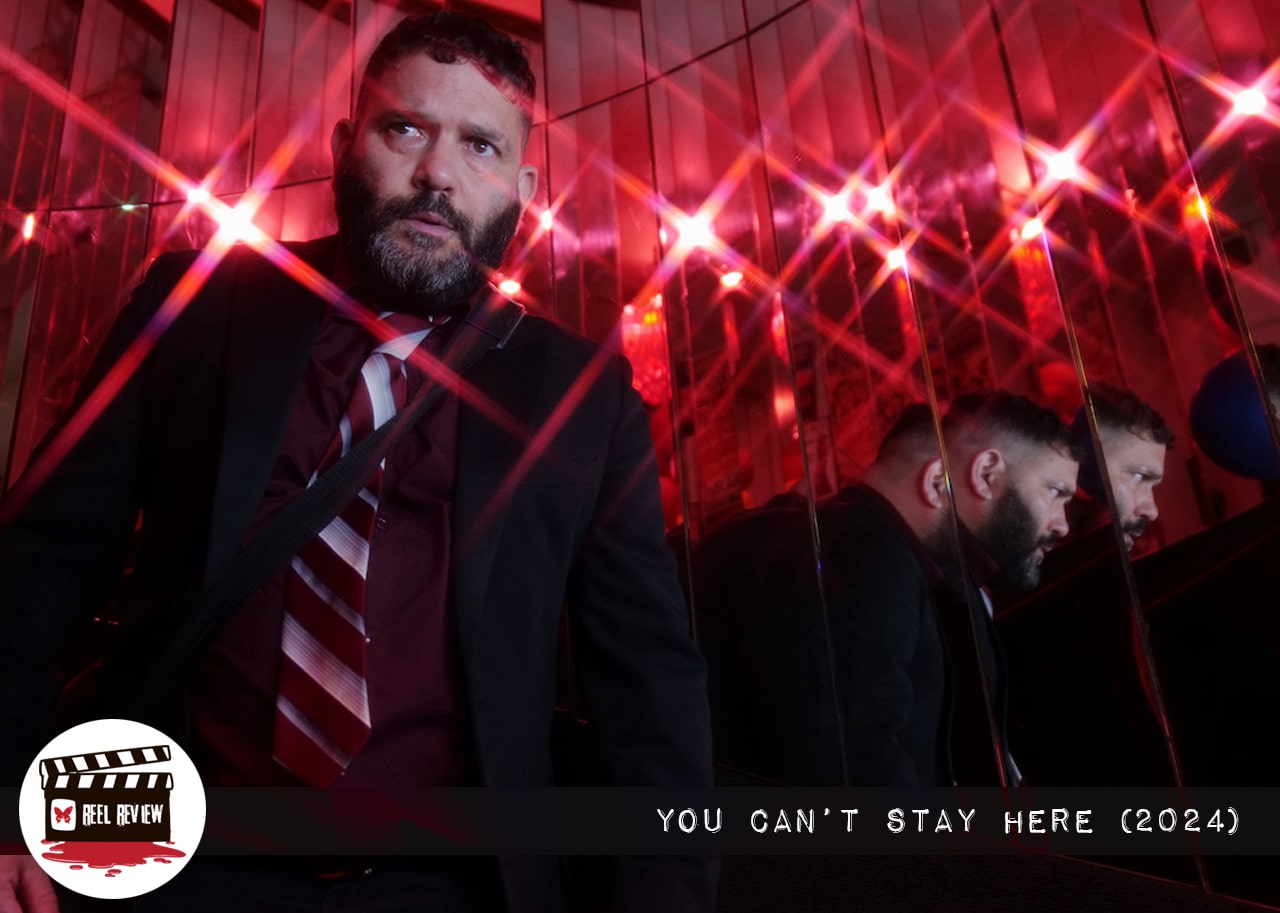
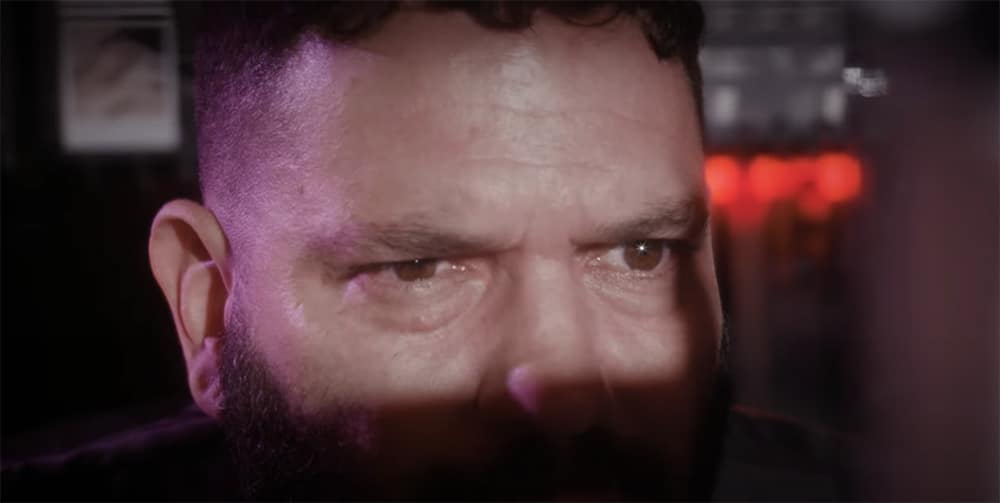
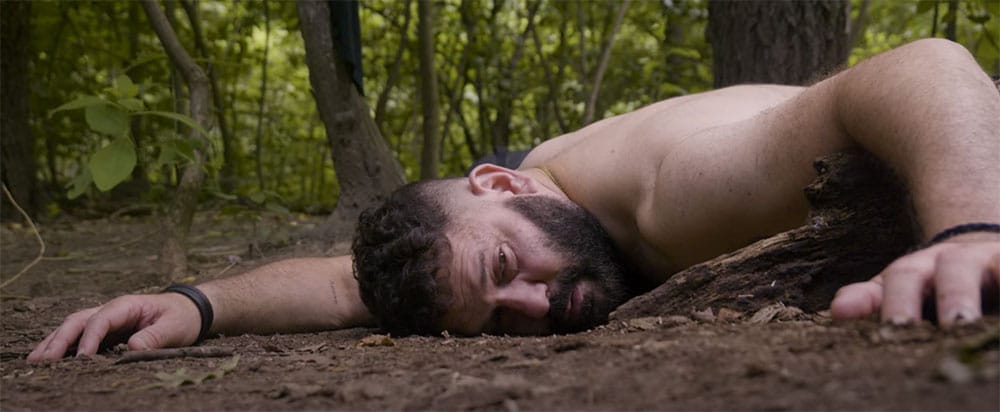
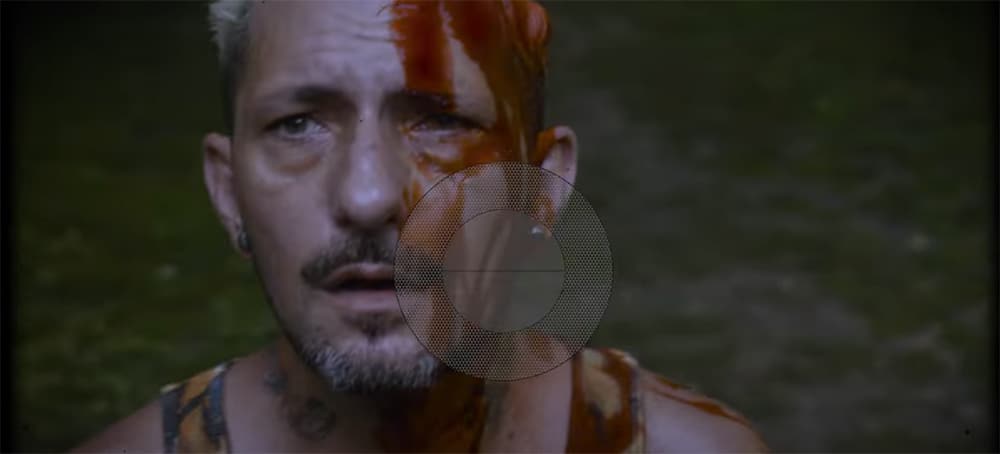
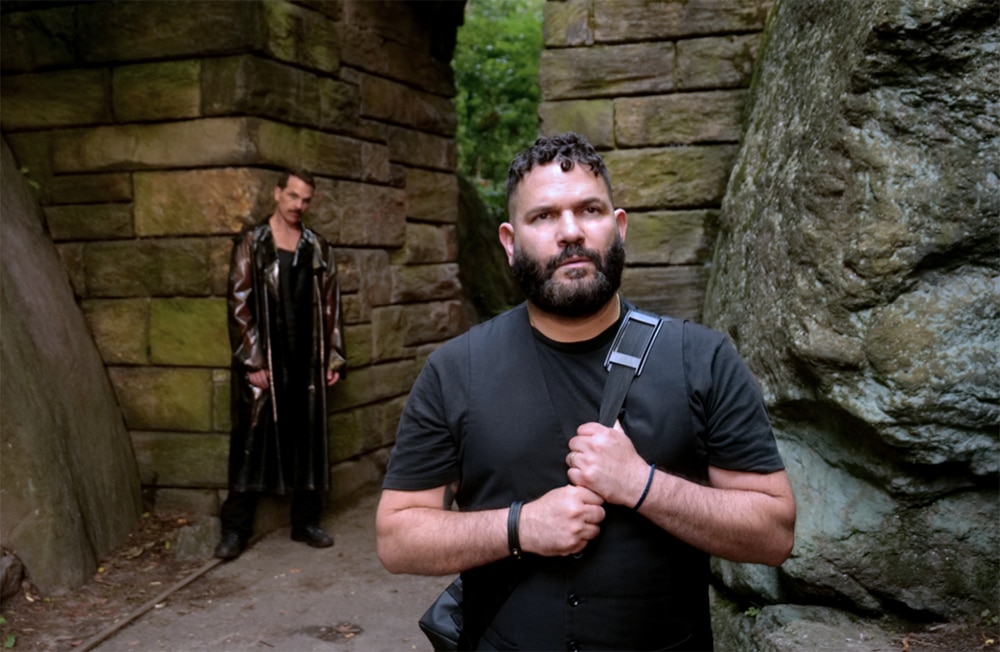
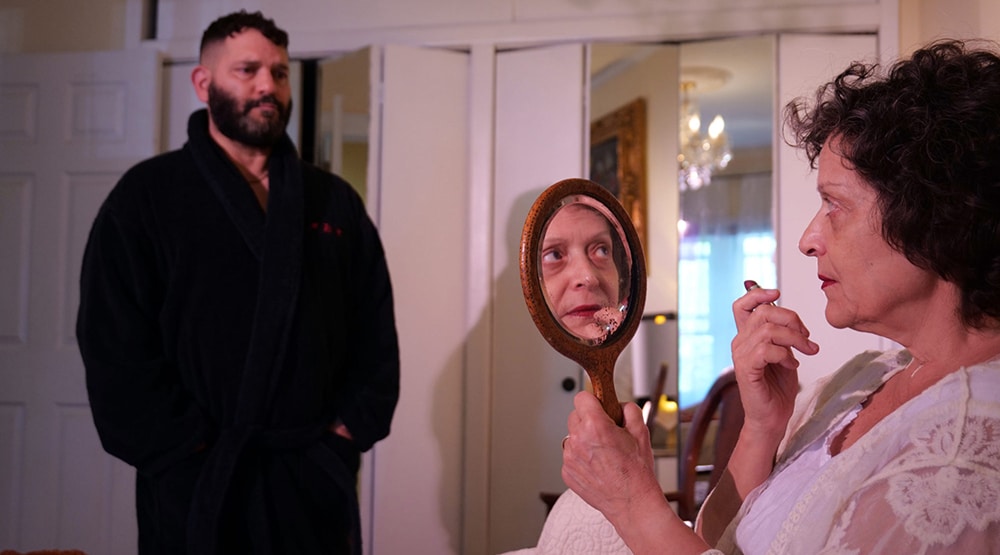
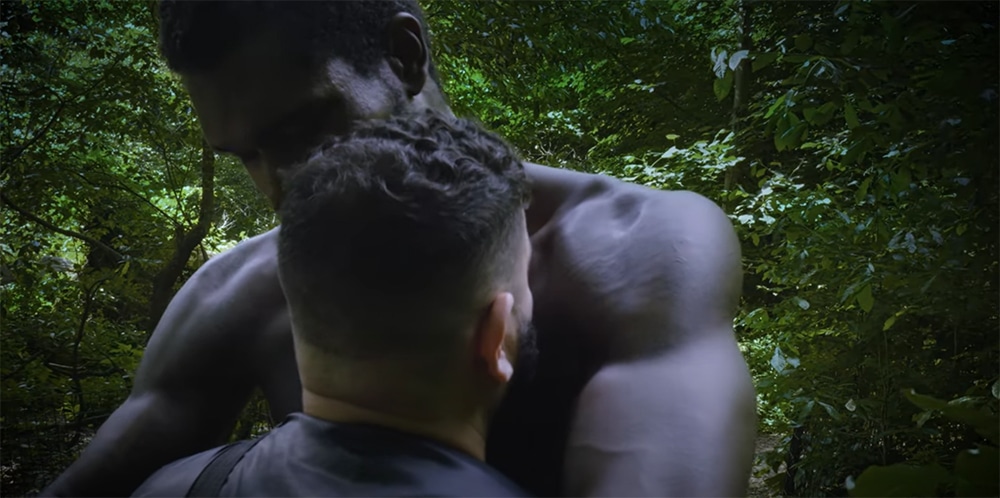


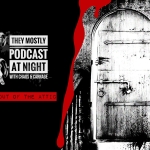
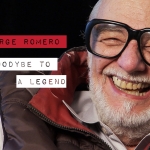








Follow Us!